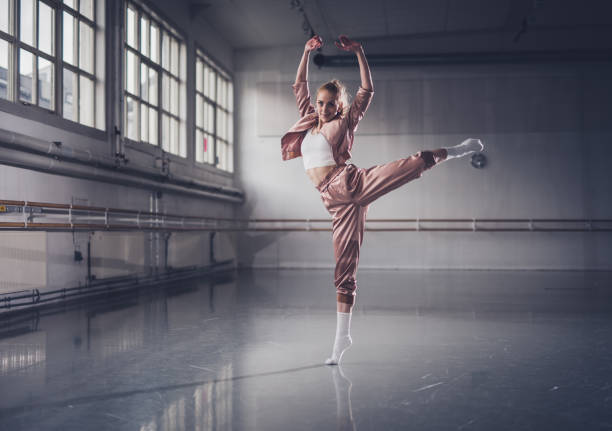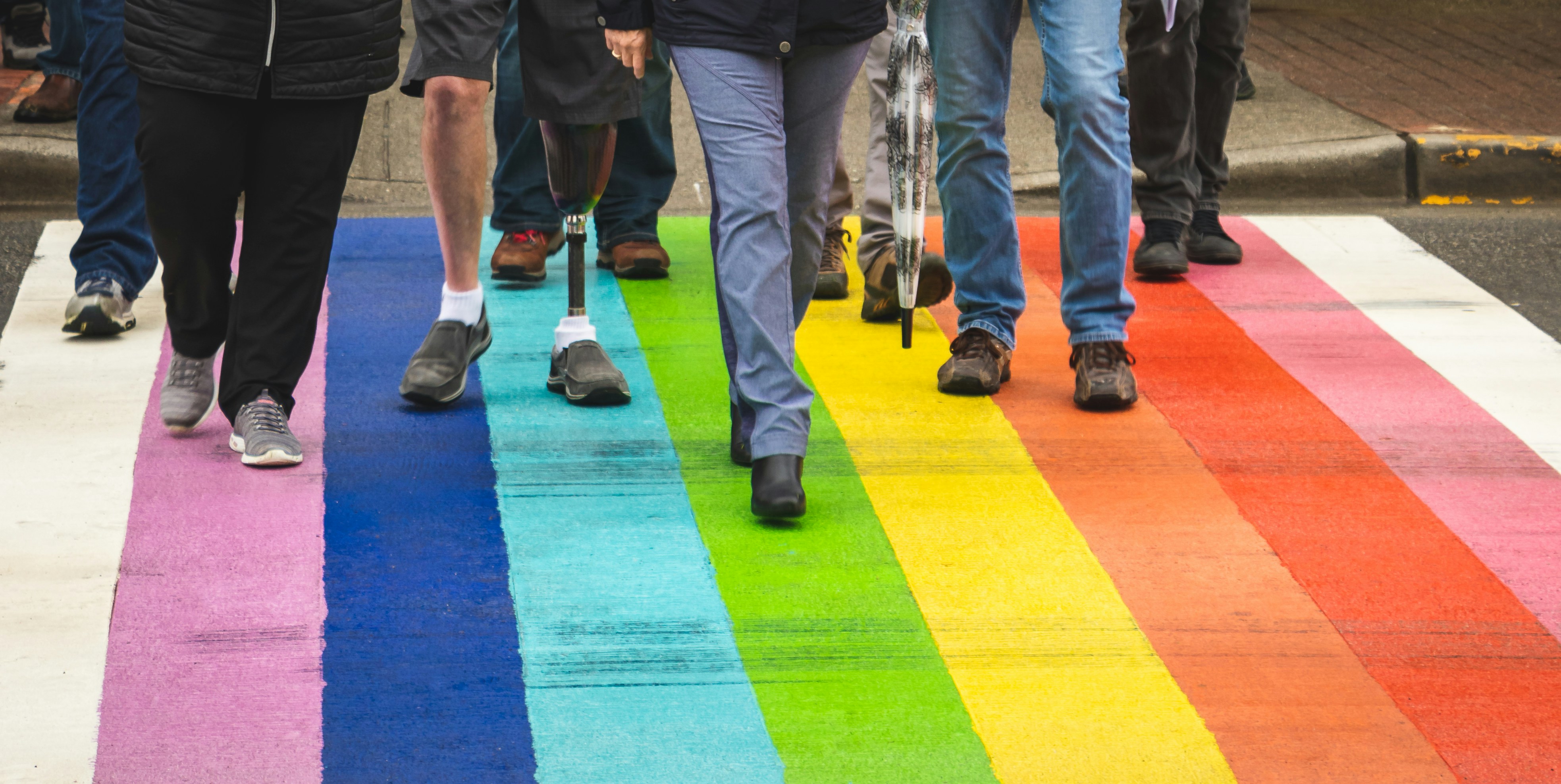Unmasking the Allure of Contemporary Ballet Fusion
A fascinating trend is emerging in the world of dance. Contemporary ballet fusion, a blend of classical ballet with modern dance styles, is reshaping the traditional boundaries of this timeless art form. This article delves into the roots of this movement, its key developments, the current state, and its wider cultural impact.

Stirrings of a New Movement
The marriage of ballet and contemporary dance styles is not an overnight phenomenon. Its roots can be traced back to the 20th Century, when pioneers like Isadora Duncan and Martha Graham began to challenge the strict conventions of classical ballet. Their innovative methods, which incorporated raw human emotion and unconventional movements, laid the groundwork for the ballet fusion we see today.
Evolution and Expansion
Fast forward to the 21st century, and contemporary ballet fusion is thriving. Artists are fearlessly blending ballet with hip-hop, jazz, and even elements of world dance forms. Companies like Complexions Contemporary Ballet in New York and the Dutch National Ballet’s ‘New Moves’ program are at the forefront, showcasing ground-breaking works by emerging choreographers.
The Current Canvas
In recent news, ballet fusion made waves at the Paris Ballet. The company’s 2022 season opener, ‘Crossroads,’ featured a surprising mix of classical ballet and street dance. This daring production, choreographed by Medhi Kerkouche, received standing ovations and glowing reviews. It’s clear that ballet fusion is not just a fringe trend, but a movement gaining mainstream traction.
Impact and Significance
The impact of contemporary ballet fusion is profound. It’s not only reshaping the face of ballet but is also forging a new language of dance that transcends cultural barriers. Moreover, it’s making ballet more accessible to diverse audiences. The fusion elements add an extra layer of allure, drawing in people who might not typically attend a traditional ballet performance.
Reception and Future Prospects
So far, the reception towards ballet fusion has been overwhelmingly positive. Critics hail it as a breath of fresh air in an art form often seen as stuffy and elitist. Audiences, too, are embracing it with enthusiasm. As we move forward, the trend of ballet fusion seems set to grow. With more dancers and choreographers exploring this hybrid style, the future of ballet looks excitingly diverse and boldly innovative.
In conclusion, contemporary ballet fusion is a dynamic movement that is revitalizing the world of dance. By blending classical ballet with contemporary styles, it is creating a rich tapestry of innovation and tradition. As this trend continues to evolve, it promises to keep us on the edge of our seats, eagerly anticipating the next leap in ballet’s evolution.





